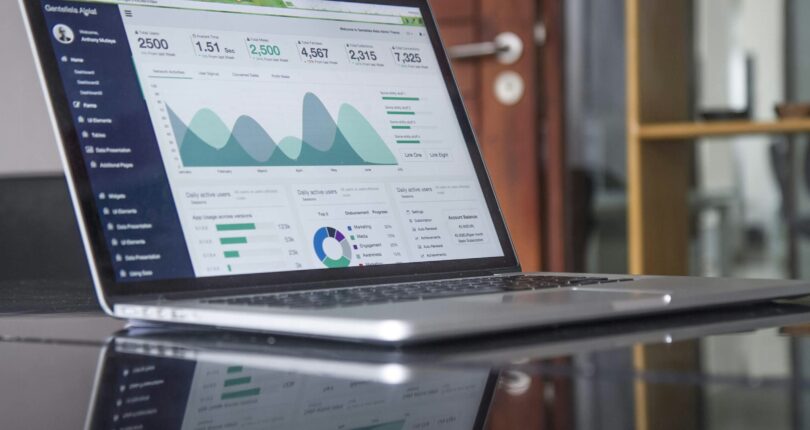
Essential financial metrics every business owner should track
Running a business without tracking key financial metrics is like driving a car without a fuel gauge – you might be moving forward, but you have no idea if you’re on the right track. Whether you’re a startup, SME, or an established company, keeping an eye on critical financial numbers can help ensure long-term success.
Here are the essential financial metrics every business owner should monitor to stay profitable and financially healthy.
1. Revenue growth
Your revenue, or total sales, is the foundation of your business’s financial health. Tracking revenue growth over time helps determine whether your business is expanding or stagnating. Consistent increases in revenue indicate strong demand, while a decline may signal the need to reassess your products, services, or marketing strategies.
2. Gross profit margin
Gross profit margin measures how efficiently your business produces and sells goods or services. It is calculated using the formula:
Gross Profit Margin (%) = [(Revenue – Cost of Goods Sold) / Revenue] × 100
A high gross profit margin means your business retains more money from each sale after covering direct costs. If your margin is low, you may need to evaluate pricing strategies, supplier costs or operational efficiencies.
3. Net profit margin
Net profit margin goes beyond gross profit and accounts for all business expenses, including overhead, salaries, taxes and operational costs. It is calculated as:
Net Profit Margin (%) = (Net Profit / Revenue) × 100
This metric reveals how much profit remains after all expenses. A strong net profit margin signifies a financially sound business, whereas a low margin may indicate overspending or pricing issues.
4. Cash flow
Cash flow is the movement of money in and out of your business. Even profitable businesses can fail if they run out of cash. Tracking cash flow ensures you have enough funds to cover expenses, pay suppliers and invest in growth. There are three types to monitor:
- Operating cash flow – Money generated from core business activities.
- Investing cash flow – Money spent on investments like equipment or property.
- Financing cash flow – Money from loans, investors or dividend payments.
A positive cash flow means your business has more money coming in than going out, which is ideal for sustainability and growth.
5. Break-even point
The break-even point is when your total revenue equals your total expenses, meaning you’re not making a profit, but you’re not losing money either. It is calculated as:
Break-Even Point = Fixed Costs / (Revenue per Unit – Variable Cost per Unit)
Knowing your break-even point helps determine how many sales you need to cover costs and start generating profit. If reaching this point is difficult, it may be time to cut unnecessary expenses or adjust pricing.
6. Accounts receivable & payable turnover
- Accounts receivable turnover measures how quickly customers pay you. A high turnover means you collect payments efficiently; a low turnover suggests late payments and potential cash flow problems.
- Accounts payable turnover shows how quickly you pay suppliers. Efficiently managing payables ensures good vendor relationships and avoids cash crunches.
7. Customer Acquisition Cost (CAC) & Customer Lifetime Value (CLV)
Understanding the cost of acquiring a new customer versus their long-term value helps assess marketing effectiveness.
- CAC = Total Marketing & Sales Expenses / Number of New Customers Acquired
- CLV = Average Revenue per Customer × Customer Retention Period
A healthy business should have a CLV that is significantly higher than its CAC, ensuring profitability from customer relationships.
8. Debt-to-Equity Ratio
This ratio measures a business’s financial leverage and is calculated as:
Debt-to-Equity Ratio = Total Debt / Total Equity
A high ratio means a company relies more on borrowed money, increasing financial risk, while a low ratio suggests conservative financial management. Striking the right balance is crucial for sustainable growth.
Monitoring these key financial metrics regularly can provide insights into your business’s performance and guide strategic decision-making. By keeping track of revenue growth, profit margins, cash flow and other essential numbers, business owners can make informed choices that drive long-term success.
Read more: New Year, New Goals: Financial resolutions for Irish businesses




